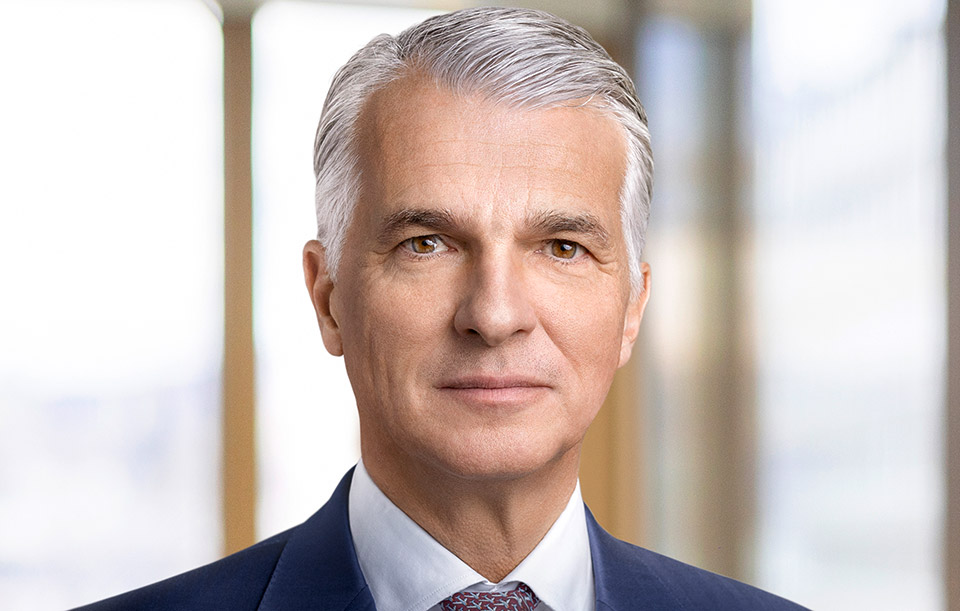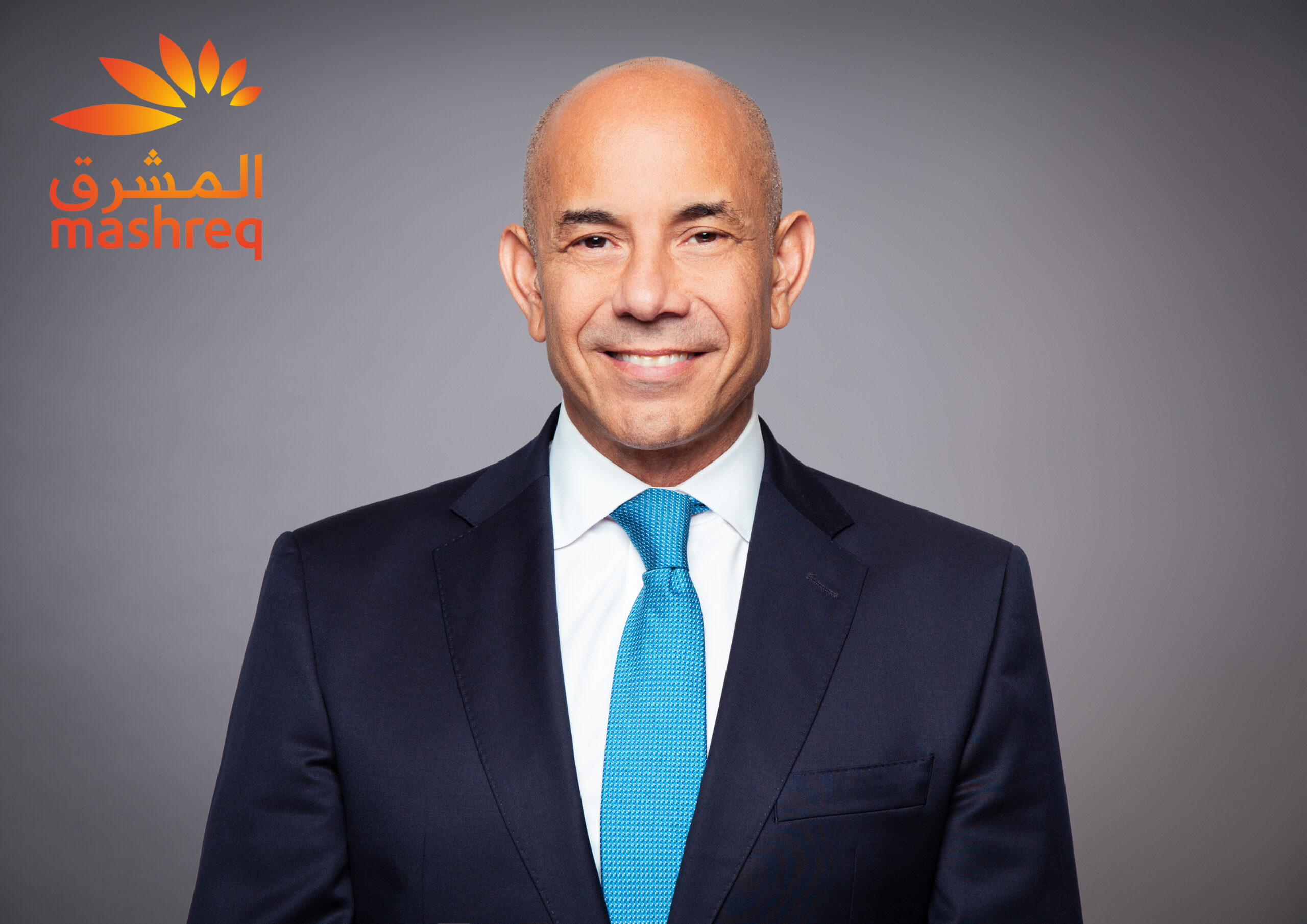Euromoney speaks to a happy bond fund manager who argues that a low-risk portfolio, diversified across government bonds and mixed in with some credit, can now deliver a strong, positive real return just from coupon income.
It is the first time this has been possible for 15 years.
There is no need to chase capital gains from duration out along the yield curve or high yields too far down the credit curve.
Euromoney wants to know what would not be in this ideal portfolio.
Well, no triple-Cs. Default rates are heading only one way.
No Japan; a game is being played out there on rates that probably won’t end well for investors. No China, for obvious reasons. Perhaps surprisingly, no Italy, though that is more debatable.
And absolutely no bank additional tier-1s.
“If I wanted to buy equity, I wouldn’t be a bond fund manager.”
He is not alone. Even some equity income funds have abandoned bank paper, ever since regulators bullied them into switching dividends off during Covid.
But on Wednesday, November 8, UBS priced $3.5 billion of new AT1 notes, half redeemable after five years, the other half after 10, after attracting $36 billion of investor demand.
In search of goodwill
UBS has been a well-behaved issuer of AT1s. It earned investors’ gratitude back at the end of 2022 when it redeemed a deal coming up to its first call date in January 2023, even though it was uneconomic for it to do so.
It would have been better to leave a perpetual deal issued at 5% back in 2018 outstanding, because rising rates had pushed the terms it would have to offer on any replacement far higher.
UBS called it because it is a frequent issuer of AT1s and wants to retain buyers’ goodwill.
Then came the collapse of Credit Suisse and the decision of the Swiss authorities to completely wipe out $17 billion worth of its AT1s, even while the bank’s shareholders received some nominal consideration in the rescue takeover by UBS.
Here was the final truth about AT1s. They are cancellable at the whims of governments and regulators, who may determine that even a bank that has not breached its capital triggers is non-viable.
And they rank right at the bottom of the capital stack, junior even to equity.
Investors might be surprised if they read through the reported results to discover that UBS actually made an after-tax loss of $785 million attributable to shareholders
Credit Suisse had sold AT1s yielding 9.75% in June 2022. That yield was itself the flashing red light. Nine months later investors had lost everything.
For months after, debate raged over whether Swiss banks could ever return to this market.
This time, UBS began cautiously, indicating price terms of 10.125% for the non-call 10s and 10% for the non-call fives.
Even UBS must have been surprised at what happened next.
Orders flooded in. There was $26 billion of demand, according to the leads, before US markets had opened, and $36 billion by the end of the day.
Jakub Lichwa, portfolio manager at TwentyFour Asset Management, points out that order book equates to 17% of the CoCo bond index and roughly one third of outstanding dollar denominated bank AT1s. He describes that level of oversubscription as “unheard of” and the deal a “cathartic moment” for AT1s.
UBS quickly tightened pricing and issued both deals at 9.25%, there being no difference between underlying five- and 10-year US treasury yields.
While there might have been some order inflation, the bonds tightened the next day in secondary trading, being seen at 102.

UBS chief executive, Sergio Ermotti, speaking at a conference in Asia, was cock-a-hoop, reminding shareholders that, even with a historically high coupon, the favourable tax treatment of interest payments means these AT1s represent loss-absorbing capital, raised at a very competitive cost.
It is certainly far cheaper than equity, which is odd given that we have seen AT1s rank lower in the capital structure if regulators decide they do.
Ermotti claims that the record demand is a testament to confidence not only in UBS but the Swiss financial system.
Let’s recall a couple of key points. Those coupons are discretionary and non-cumulative.
UBS is well-capitalized today. But we have seen that capital trigger breaches are not relevant for AT1s, along with the notion that banks will take action – selling assets, selling businesses – as they gradually descend towards 7% CET1 and so prevent collapse.
Credit Suisse was nowhere near breaching its capital triggers when regulators determined that the speed of customer withdrawals made it non-viable and its AT1s would be toast.
A matter of intention
UBS issued a press release saying that these new notes will be convertible into equity on a trigger event or determination of non-viability, and not written down as the Credit Suisse AT1s were.
But that is only the intention. UBS shareholders must first vote to approve that they should be diluted in this way in any future crisis.
Yes, UBS has been a much better managed bank than Credit Suisse for many years now. But 10 years is a long time. Back in the global financial crisis, it was UBS that collapsed. The government had to rescue it and install new management, ironically coming from Credit Suisse, to turn it around.
Investors will believe what they want to believe. Read through coverage of UBS third-quarter results, announced the day before the AT1s, and management has led analysts by the nose through a celebration of the return of deposits and net new money even to the damaged Credit Suisse franchise.
The headlines are all about the underlying operating profit of $800 million.
Investors might be surprised if they read through the reported results to discover that UBS actually made an after-tax loss of $785 million attributable to shareholders. That is thanks to $1.9 billion of costs and losses now shunted into the non-core and legacy unit to make everything else look good.
Yes, new UBS has got off to a good start if you only look at its underlying results and choose to ignore the bad stuff. But the toughest work on absorbing Credit Suisse still lies ahead. In 2024, legal entities will be merged and systems integrated.
Ten years is a long time to pick up 9.25% coupons, enough to cover your principal. But a lot can happen in a decade and banking crises tend to be sudden. There was plenty of sympathy for Credit Suisse AT1 holders that got wiped out in March 2023 when shareholders didn’t.
There will be zero sympathy if the same fate should befall buyers of the latest UBS deal.




